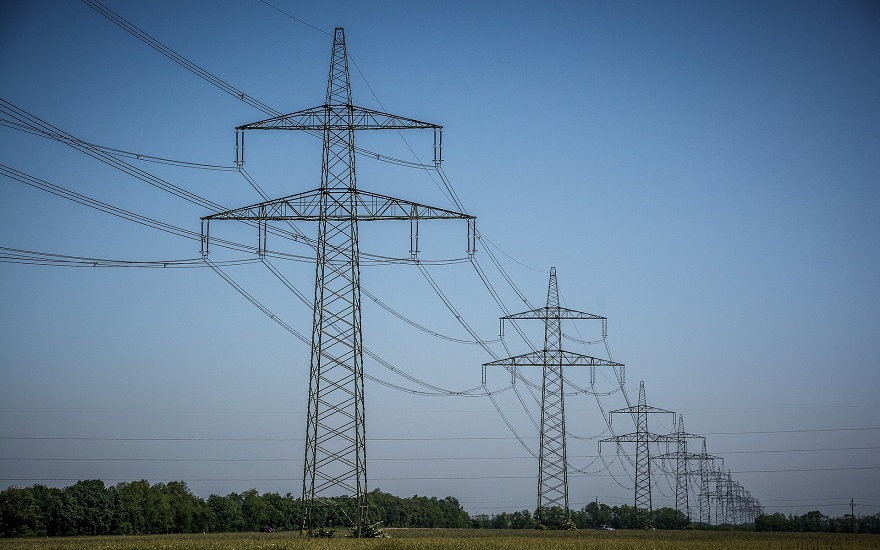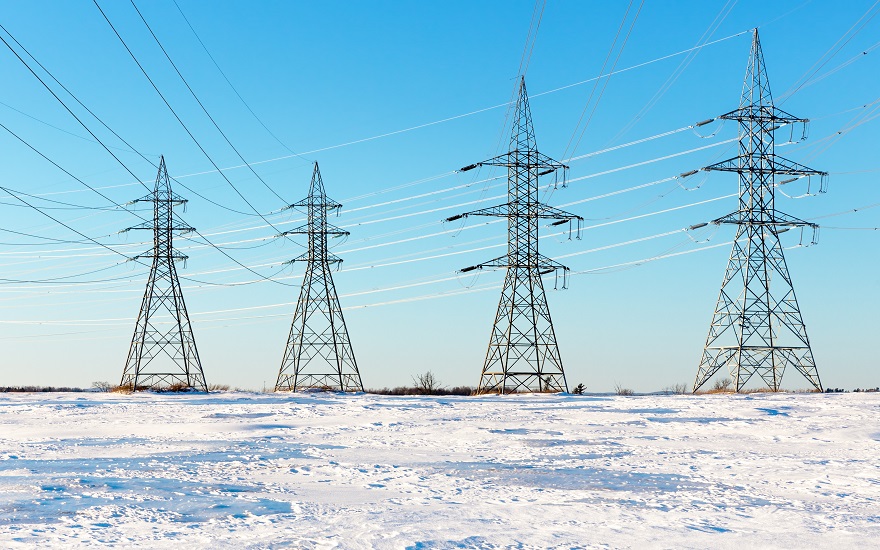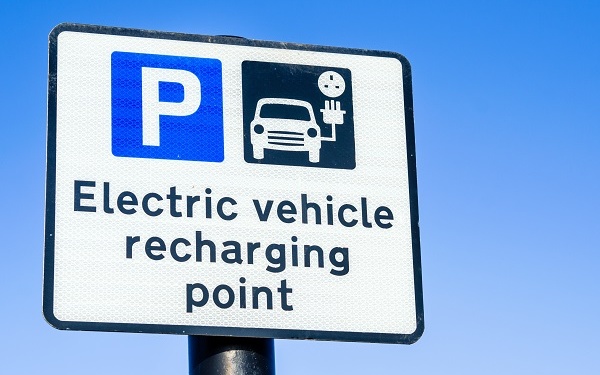We take a look at the crucial automatic defence mechanism designed to save the electricity system from complete collapse and examine its effectiveness in the aftermath of the 9 August blackout.
Low Frequency Demand Disconnection (LFDD) is the backup measure used by Distribution Network Operators (DNOs) to limit the fall in grid frequency in extreme events.
Known in other countries as ‘under frequency load shedding’, in simple terms it cuts electricity from a proportion of customers when grid frequency plummets below the safe level.
This intends to stem the frequency drop and protect the grid from suffering a more serious issue or even a complete collapse.
Low Frequency Demand Disconnection (LFDD) In Practice
Grid frequency is crucial to upholding the balance between user demand for electricity and the supply provided by power generators.
Frequency varies constantly, as generation is unlikely to exactly match customer need, but the difference is usually small.
Under normal operating conditions, National Grid must maintain system frequency between 49.8 and 50.2 Hz. If power generation outstrips demand, the frequency rises. Whilst if generation is lower than demand, grid frequency reduces.
In exceptional circumstances, such as when a large power plant goes offline, the frequency mustn’t deviate outside of a safe range of 49.5 to 50.5 Hz for longer than a minute.
To ensure frequency remains inside the safe levels, National Grid deploys demand side response mechanism such as frequency response.
This brings on extra generation or turns it down in real-time to achieve the right balance.
Energy storage also contributes to frequency response. While energy-intensive organisations can even reduce their energy use on request at times of peak times to ease pressures on the network.
However, there are circumstances where the contracted frequency response isn’t enough to maintain a safe frequency.
That’s where Low Frequency Demand Disconnection comes in.
LFDD is triggered if frequency on the transmission system drops below 48.8 Hz. It aims to preserve the integrity of the system by holding the frequency above 47.5 Hz.
When prompted, DNOs open circuit breakers on portions of the distribution network to disconnect demand in a controlled fashion by as much as 5-60% of total national demand.
The volume of demand cut off is staged in nine blocks (5%, 7.5% and 10%) so that the amount increases if frequency continues to drop.
In stage one there’s a 5% reduction in demand across England and Wales. This is divided between the DNOs as evenly as possible.
| Frequency (Hz) | % of Demand Disconnection |
| 48.8 | 5 |
| 48.75 | 5 |
| 48.7 | 10 |
| 48.6 | 7.5 |
| 48.5 | 7.5 |
| 48.4 | 7.5 |
| 48.2 | 7.5 |
| 48.0 | 5 |
| 47.8 | 5 |
| Total % Demand | 60 |
LFDD schemes are fitted at 132 kV substations and designed to trip the lower voltage side of the incoming transformers or the outgoing feeders.
As far as possible, LFDD schemes will kick in in less than 200 milliseconds.
Did LFDD Work During The August Power Cut?
According to National Grid ESO’s interim and final technical reports, “the Low Frequency Demand Disconnection system worked largely as expected”.
Like many system operators around the world, the UK’s network carries enough reserve power and frequency response to cover for the sudden loss of the single largest power generator or interconnector operating at that particular time.
However, the combined loss of generation from Hornsea windfarm, Little Barford and local embedded generation (more than 1.4 GW) exceeded National Grid’s total backup (approximately 1 GW).
As frequency started to fall, reserves and frequency response capacity kicked in, arresting the drop at 49.1 Hz.
But as the grid began to recover, a second failure at Little Barford led to an additional 210 MW loss, causing the frequency to drop again.
This time it fell to 48.8 Hz, triggering LFDD to start with the effect of disconnecting approximately 973 MW of demand from 1.1 million customers.
This represented 3.2% of national demand at the time (29 GW). That’s below the expected 5% but enough power to return the frequency to normal parameters. Thanks to reserve capacity and LFDD, frequency returned to 50 Hz within five minutes of the incident.
Affected customers were without power for between 15 and 45 minutes.
| DNO | Area | MW of LFDD Disconnection | Customers Affected | Final Restoration Time |
| Scottish Hydro Electric Power Distribution (SHEPD) | 0 | – | – | |
| Scottish Power (SP) | 22 | 23,117 | 16:59 | |
| Northern Powergrid (NPG) | North East | 76 | 93,081 | 17:18 |
| Yorkshire | 14 | 10,571 | 17:12 | |
| Electricity North Limited (ENW) | 52 | 56,613 | 17:17 | |
| SP Manweb | 130 | 74,938 | 17:15 | |
| Western Power Distribution (WPD) | East Midlands | 122 | 150,445 | 17:25 |
| West Midlands | 160 | 187,427 | 17:37 | |
| South Wales | 36 | 29,060 | 17:11 | |
| South West | 110,273 | 17:22 | ||
| UK Power Networks (UKPN) | Eastern | 69 | 79,390 | 16:56 |
| London | 174 | 239,861 | 17:37 | |
| Southern | 69 | 81,358 | 17:15 | |
| Scottish Electric Power Distribution (SEPD) | 7 | 16,744 | 17:07 | |
| Totals | 931 | 1,152,878 | 17:37 |
However, that doesn’t quite tell the full story…
National Grid’s final technical report reveals that roughly 600 MW of embedded power generation also went offline at this point, either via LFDD or another mechanism.
So in effect, there was only a net reduction in demand of 350 MW. This did enable the system to recover. But the Energy Emergencies Executive Committee (E3C) interim report into the incident called for a thorough investigation into why the distributed generators tripped off too.
Two DNOs also admitted that several LFDD stage one schemes didn’t actually trigger and so weren’t disconnected.
This could be because the frequency didn’t stay at 48.8 Hz for long enough to trigger or due to the +/-0.01 Hz tolerance setting on LFDD schemes which meant that when frequency fell to 48.79 Hz, again not all schemes were triggered.
Finally, some disconnections also occurred in Scotland, even though that’s only meant to happen when frequency falls as low as 48.5 Hz, which August’s incident never dropped to.
It turns out this was due to the application of incorrect LFDD settings, which have now been rectified.
National Grid also accepted that the list of facilities connected to LFDD needed reassessing. This would try to ensure no critical infrastructure or services were inadvertently placed at “undue risk of disconnection”.
August’s event provided clear examples of this, perhaps none more so than the case of Newcastle International Airport.
The airport was disconnected as part of the LFDD operation, losing grid supply for 18 minutes. It was only because of the airport’s uninterruptible power supplies and standby generators that its essential services continued to operate.
In the aftermath of the August outage, Newcastle International Airport was recategorised as a Protected Site under the terms of the Electricity Supply Emergency Code (ESEC).
This means that in any future incident, the airport will have its electricity supplies maintained as a priority, similar to other vital facilities such as hospitals, power plants and the emergency services.
Looking Into The Future Of LFDD
As we’ve already seen, there are already questions about the viability of LFDD as it currently operates.
Does the list of facilities covered need reviewing?
Why didn’t certain sites disconnect when they should have done?
But our evolving energy mix also poses more fundamental questions too.
Distributed power generation will play an increased role in years to come. These will connect to the DNO networks at voltage levels below where LFDD relays are installed.
So if levels of distributed generation are high when LFDD is triggered, the amount of demand that is disconnected may be lower than perhaps expected.
The opposite is also true i.e. low levels of distributed generation might result in a higher amount of demand being disconnected via LFDD.
System inertia is another fundamental issue. As more large-scale power stations close, inertia levels decrease.
This has a knock-on impact on LFDD, reducing its effectiveness as the changes in frequency will be much more volatile (bigger and faster).
Should frequency drop extremely quickly, it’s conceivable that more than one stage of LFDD could operate. The result of this would be too much demand being disconnected.
Take a look back to the Three Day Week of 1974, where load shedding was required for several weeks. Restrictions on electricity use were necessary during an ongoing dispute between the coal industry and government.





Your writing has a way of making me feel like I’m having a conversation with a close friend It’s so genuine and relatable
Your writing is so genuine and heartfelt It’s refreshing to read a blog that is not trying to sell something or promote an agenda